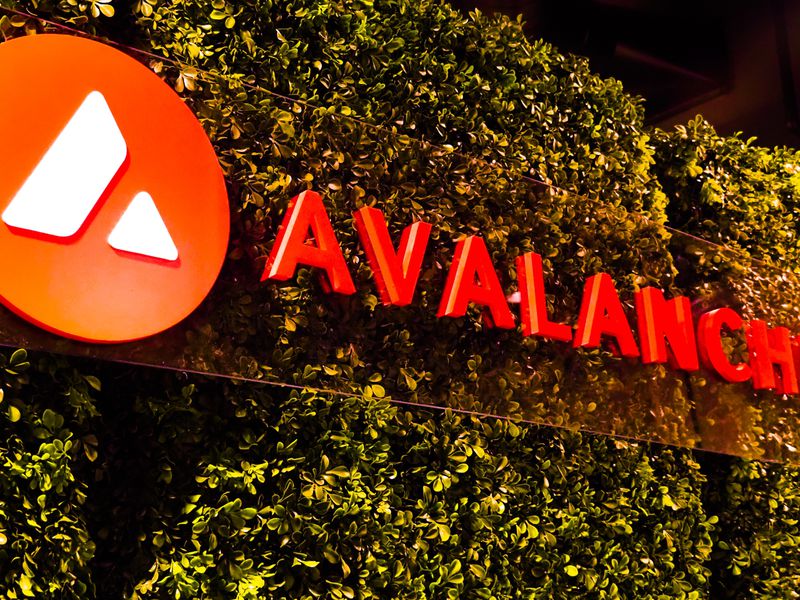Vitalik Buterin Wants Ethereum to Hit 100K Transaction Per Second With Rollups
-
Ethereum co-founder Vitalik Buterin set a goal of 100,000 TPS for Ethereum in a Thursday blog post.
-
This goal will be hit with increased integration of Layer 2s, but some work on standardization will need to be done first.

01:11
Private Transactions Surge on Ethereum

00:59
Many DeFi Protocols ‘Flagrantly Disregard’ Regulations: Gavin Wood

00:53
Gavin Wood on the Problem With Layer 1s

00:40
Polkadot Creator on Permissionless Code Deployment
Ethereum will eventually be able to push through 100,000 transactions per second (tps) according to a roadmap laid out in a new blog post from the network co-founder Vitalik Buterin, which outlined what users can expect from ‘The Surge’ – the next chapter in the protocol’s Dencun upgrade.
Buterin says this 100,000 TPS goal will be achieved through Ethereum’s rollup-centric roadmap, which combines Layer 2 scaling solutions, advanced data availability sampling, and data compression techniques.
“The rollup-centric roadmap proposes a simple division of labor: the Ethereum L1 focuses on being a robust and decentralized base layer, while L2s take on the task of helping the ecosystem scale,” Buterin wrote in the post.
“This is a pattern that recurs everywhere in society: the court system (L1) is not there to be ultra-fast and efficient, it’s there to protect contracts and property rights, and it’s up to entrepreneurs (L2) to build on top of that sturdy base layer,” he continued.
Buterin writes that the easy solution to all of this might be to simply increase Ethereum’s gas limit, however, this would increase centralization as any increase would demand costly hardware, pushing out smaller nodes and leading to fewer, more centralized validators.
Instead, Buterin advocates a nuanced approach, exploring cost-optimized gas fees and introducing an efficient bytecode format, EOF (Ethereum Object Format).
Buterin also took aim at the friction between Layer 2s, which play an important role in helping scale Ethereum, but feel like walled gardens.
“Ethereum should feel like one ecosystem, not 34 different blockchains,” he wrote, suggesting adding standardized chain identifiers to addresses and improving cross-L2 standards to streamline multi-chain interactions.
Buterin gave an example of how he lost $100 on Polymarket not from a bad bet, but by selecting the wrong chain.
“If we are serious about the idea that L2s are part of Ethereum, we need to make using the L2 ecosystem feel like using a unified Ethereum ecosystem,” he wrote in the post.
Edited by Parikshit Mishra.
Disclosure
Please note that our
privacy policy,
terms of use,
cookies,
and
do not sell my personal information
have been updated
.
CoinDesk is an
award-winning
media outlet that covers the cryptocurrency industry. Its journalists abide by a strict set of
editorial policies.
CoinDesk has adopted a set of principles aimed at ensuring the integrity, editorial independence and freedom from bias of its publications. CoinDesk is part of the Bullish group, which owns and invests in digital asset businesses and digital assets. CoinDesk employees, including journalists, may receive Bullish group equity-based compensation. Bullish was incubated by technology investor Block.one.
:format(jpg)/s3.amazonaws.com/arc-authors/coindesk/ff7c302f-d3ab-4905-92e1-2f7f5106d13c.png)









